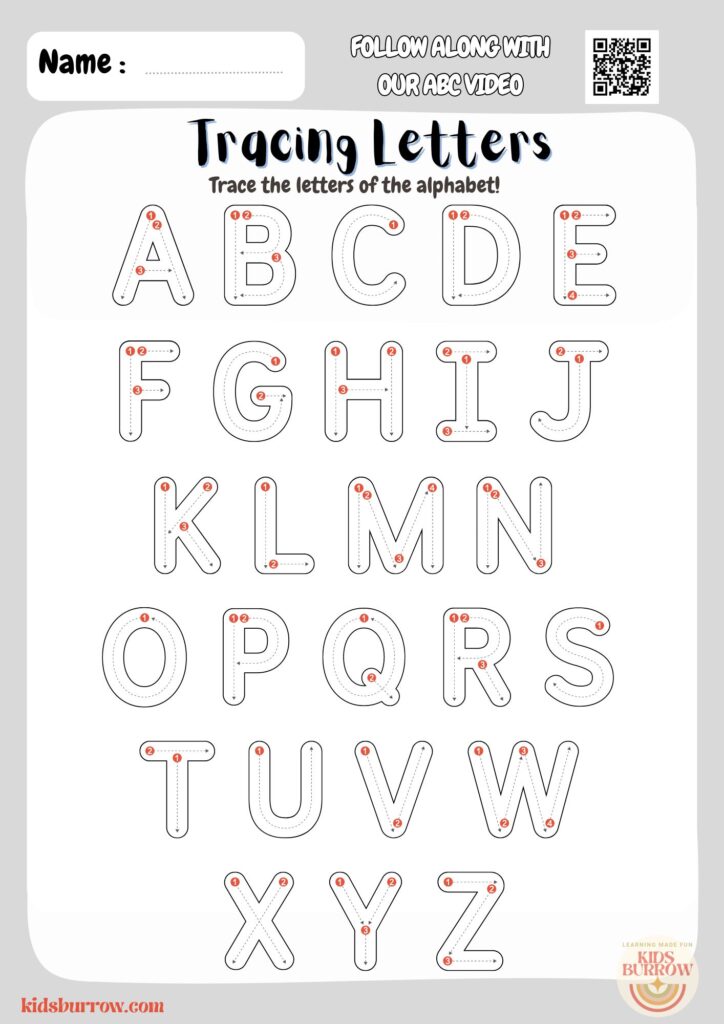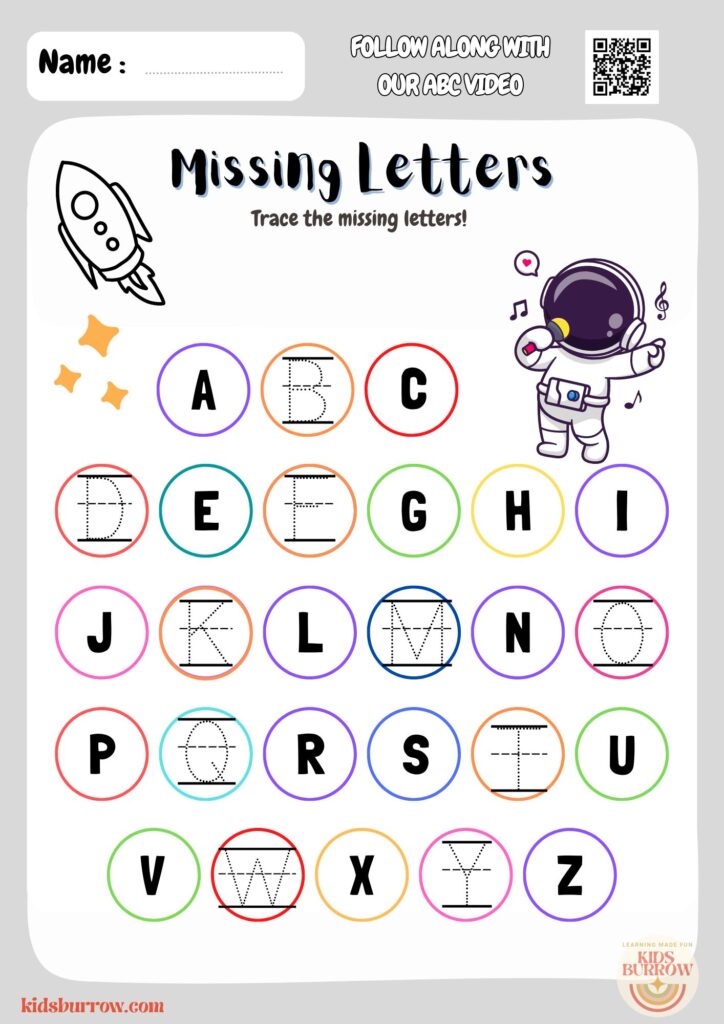Worksheets
Alphabet
The Importance of Alphabet Worksheets in Early Childhood Education
Alphabet worksheets are an essential component of early childhood education, playing a pivotal role in the development of young learners.
These worksheets provide a structured, engaging, and effective means of introducing children to the letters of the alphabet, forming the foundation for their reading and writing skills.
Here’s why alphabet worksheets are so important and why you should incorporate them into your next lesson:

1. Enhancing Letter Recognition
One of the primary benefits of alphabet worksheets is their ability to enhance letter recognition.
Recognizing letters is the first step towards literacy, and worksheets help in reinforcing this through repetitive visual exposure.
By consistently seeing and working with letters, children can more easily differentiate between them, both in their uppercase and lowercase forms.
2. Improving Fine Motor Skills
Alphabet worksheets often include activities such as tracing and writing letters, which are crucial for developing fine motor skills. These tasks require children to control their hand movements precisely, improving their hand-eye coordination and dexterity.
As children trace and write, they gain better control over their writing instruments, which is essential for later writing tasks.


3. Reinforcing Phonemic Awareness
Phonemic awareness is a critical aspect of reading. Alphabet worksheets help in reinforcing this by associating letters with their corresponding sounds.
Activities such as matching letters with pictures of objects that start with that letter sound help children make these connections, laying the groundwork for reading proficiency.
You can use our FREE Alphabet Flashcards for further phonemic awareness activities.
4. Supporting Cognitive Development
Engaging with alphabet worksheets supports overall cognitive development. These worksheets often involve problem-solving and critical thinking tasks, such as finding and identifying letters within a word search or filling in missing letters in a sequence. These activities stimulate children’s brains, encouraging them to think analytically and logically.


5. Encouraging Independent Learning
Alphabet worksheets are excellent tools for fostering independent learning. Children can work on these worksheets at their own pace, allowing them to take control of their learning process. This independence builds confidence as children see their progress and accomplishments in completing each worksheet.
6. Engaging Multiple Learning Styles
Different children have different learning styles, and alphabet worksheets cater to a variety of these. Visual learners benefit from seeing the letters and pictures, kinesthetic learners engage through the physical act of writing and tracing, and auditory learners can benefit when these worksheets are used in conjunction with verbal instructions or sounds. This multisensory approach ensures that all children can benefit from these learning tools.


7. Providing Structured Learning
Alphabet worksheets offer a structured approach to learning the alphabet. This structure is crucial for young learners who thrive on routine and clear expectations. The systematic nature of worksheets helps children learn in a step-by-step manner, gradually building their knowledge and skills.
8. Incorporating Fun and Creativity
Many alphabet worksheets incorporate elements of fun and creativity, such as coloring sections, puzzles, and interactive games. These activities keep children engaged and make learning enjoyable. When children associate learning with fun, they are more likely to develop a positive attitude towards education.







